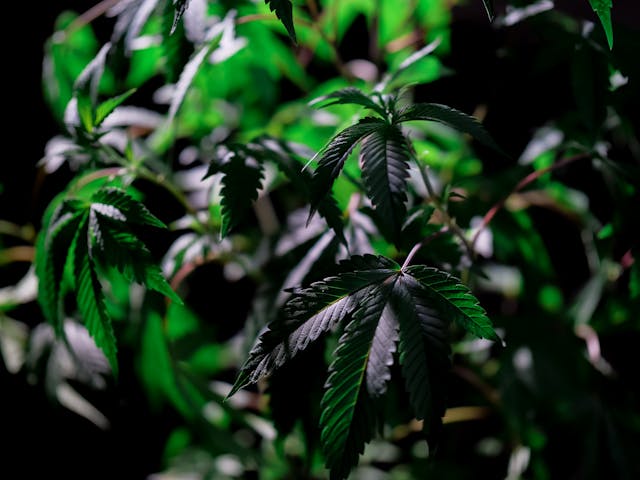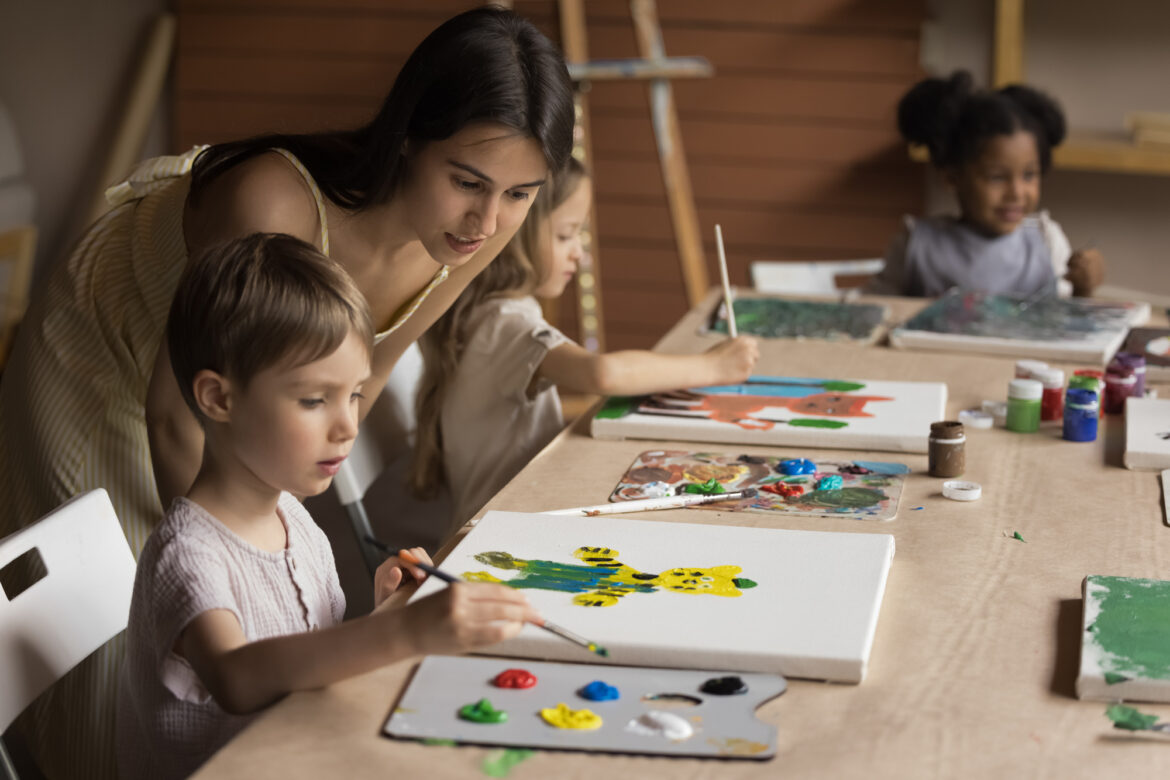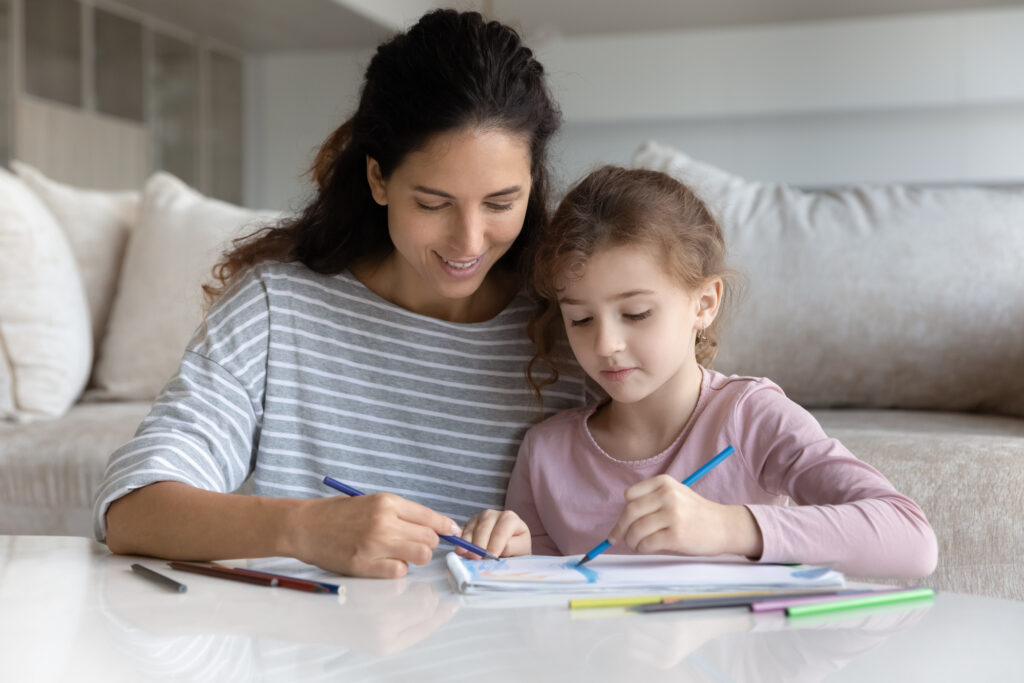Are you an artist looking to unlock your creative potential? Look no further than sativa strains. Known for their energizing and uplifting effects, Sativa strains can stimulate your imagination and enhance your artistic abilities. In this article, we will delve into the relationship between sativa strains and creativity, exploring how these cannabis varieties can be game-changers for artists of all kinds.
What are Sativa strains?
The best sativa strains are a type of cannabis plant that originated in equatorial regions such as Mexico, Thailand, and Colombia. Unlike their counterpart, indica strains, sativas are known for their cerebral and uplifting effects. Sativa plants tend to have taller and lankier structures, with narrow leaves and longer flowering times.
The connection between sativa strains and creativity has long been recognized by artists and cannabis enthusiasts alike. Sativa strains are renowned for their ability to boost focus, motivation, and inspiration. By activating certain neurotransmitters in the brain, they can help artists tap into their artistic flow and find inspiration in the world around them. Whether you’re a painter, writer, musician, or any other type of creative, sativa strains can provide the mental clarity and creative drive you need to bring your vision to life.
The science behind Sativa strains and their effects on the brain
But it’s not just anecdotal evidence that supports this connection between sativa strains and creativity. Research suggests that specific terpenes found in sativa strains may have neuroprotective and anti-inflammatory effects, promoting brain health and enhancing cognitive function. One such terpene is limonene, which gives sativa strains their citrusy aroma. Limonene has been shown to have mood-enhancing and stress-reducing properties, making it an ideal companion for artists seeking to overcome creative blocks.
Using sativa strains for creativity can yield a multitude of benefits. Firstly, sativas can help artists overcome mental barriers and unlock their creative potential. The uplifting effects of sativa strains can enhance mood, increase focus, and provide a burst of motivation, allowing artists to push past self-doubt and explore new artistic avenues. Additionally, sativas can stimulate the imagination and enhance the ability to think outside the box, leading to innovative and unique creations.
With the wide variety of sativa strains available, it’s essential to find the right one for your specific creative pursuits.
Each strain has its unique combination of cannabinoids, terpenes, and effects, so experimenting with different strains is key to finding the perfect match for your artistic process. Some popular sativa strains known for their creative-enhancing properties include Green Crack, Jack Herer, and Sour Diesel. Researching strain reviews and consulting with knowledgeable budtenders can help you narrow down your options and discover the Sativa strain that resonates with your creative vision.
Tips for using Sativa strains to enhance creativity
To make the most of sativa strains for creativity, it’s important to keep a few tips in mind. Firstly, start with a low dosage and gradually increase as needed.
This allows you to gauge how a particular strain affects your creativity without overwhelming yourself. Creating a comfortable and inspiring environment can also help set the stage for a productive, creative session. Whether it’s a clean and organized workspace or a cozy nook that sparks inspiration, finding a space that nurtures your creativity can amplify the effects of Sativa strains.
Integrating sativa strains into your artistic routine can provide a consistent source of creative inspiration. Consider incorporating cannabis consumption into specific stages of your creative process, such as brainstorming, sketching, or experimenting with different art mediums. Some artists find that sativa strains are particularly beneficial during the initial stages of a project when fresh ideas and concepts are being developed. However, it’s important to listen to your body and mind to determine the best time to incorporate cannabis into your creative routine.
Famous artists who have used Sativa strains for inspiration
Throughout history, many famous artists have turned to sativa strains for inspiration. Sativa strains have played a role in their creative processes, from musicians like Bob Marley and Louis Armstrong to painters like Salvador Dalí and Frida Kahlo.
These artists have credited sativa strains for opening their minds, enhancing their perception of the world, and allowing them to access new realms of imagination. While individual experiences may vary, exploring the connection between Sativa strains and the artistic process can be a fascinating journey.
Precautions and considerations when using Sativa strains for creativity
While sativa strains can be a powerful tool for unlocking creativity, it’s important to approach their use cautiously.
Cannabis affects individuals differently, and what works for one artist may not work for another. Be mindful of dosage, strain potency, and personal tolerance to ensure a positive and productive creative experience. Additionally, consider the legal implications of cannabis use in your jurisdiction and adhere to any regulations or restrictions in place.



